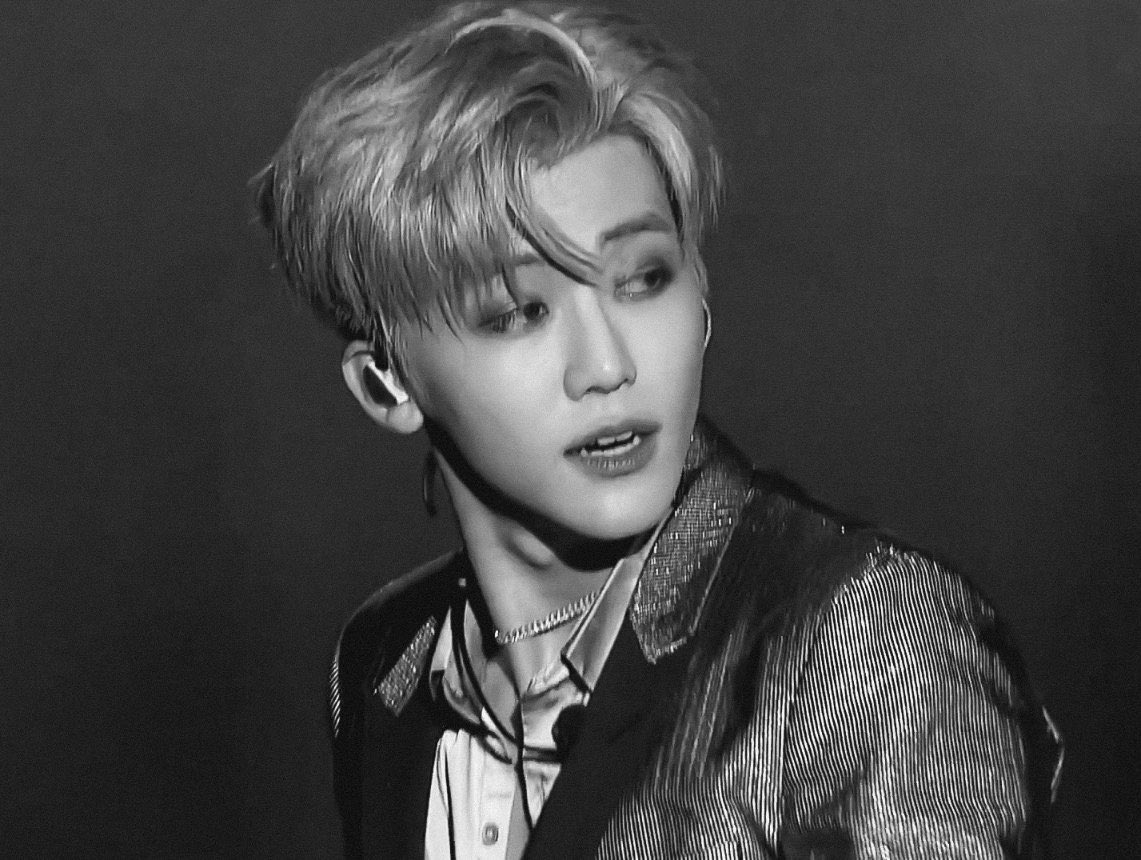Undress AI has emerged as a prominent topic in recent years, sparking widespread discussions about privacy, ethics, and technological innovation. This advanced technology leverages artificial intelligence to digitally alter images by removing clothing, raising critical questions about consent and misuse. In this article, we will examine the intricacies of Undress AI, its functionalities, and the ethical considerations surrounding its use.
As technology continues to evolve, the applications of artificial intelligence have expanded into diverse domains, including image processing and editing. Undress AI stands as a remarkable development in this field, yet it simultaneously raises significant concerns about the boundaries of technology and its societal impact.
In this comprehensive guide, we aim to provide an in-depth understanding of Undress AI, its mechanisms, and the potential risks and benefits associated with it. Whether you are a technology enthusiast, a privacy advocate, or simply curious about AI's role in our daily lives, this article will offer valuable insights into this contentious innovation.
Read also:Exploring The Inspiring Journey Of Jenesis Sanchez
Understanding Undress AI
Undress AI refers to a specialized application of artificial intelligence that employs deep learning algorithms to digitally manipulate images by removing clothing. This cutting-edge technology belongs to the broader category of "image synthesis" or "image editing," where AI models are trained on extensive datasets to transform visual content in sophisticated and realistic ways.
How Does Undress AI Operate?
The core functionality of Undress AI relies on machine learning models, particularly neural networks, which are trained using vast datasets of images. These models learn to identify patterns and structures in clothing, allowing them to simulate the removal of garments while maintaining the subject's natural appearance. The process involves several key steps:
- Deep learning algorithms analyze and process image data to recognize clothing elements.
- Neural networks predict how an image would appear without clothing, generating realistic simulations.
- The output is a digitally altered image that closely resembles the original but without the clothing.
The Evolution of AI in Image Editing
Artificial intelligence has revolutionized the field of image editing, offering tools that were once considered impossible. From advanced photo retouching to the creation of hyper-realistic deepfakes, AI-powered applications have transformed how we interact with visual content. Undress AI exemplifies the innovative potential of AI in image manipulation, while also highlighting the need for responsible usage.
Wide-Ranging Applications of AI in Image Editing
Beyond Undress AI, artificial intelligence has found diverse applications across various industries:
- Photography: Enhancing images by correcting imperfections, improving lighting, and creating artistic effects.
- Entertainment: Developing special effects, creating lifelike virtual characters, and enhancing visual storytelling.
- Healthcare: Analyzing medical images for accurate diagnosis, treatment planning, and patient monitoring.
Addressing Privacy Concerns
One of the most pressing issues surrounding Undress AI is the potential violation of privacy. This technology can be misused to create non-consensual images, leading to harassment, exploitation, and emotional distress. As AI becomes increasingly accessible, the risk of abuse grows, necessitating the implementation of robust regulations and ethical guidelines.
Protecting Privacy: Key Measures
To mitigate privacy concerns, several proactive measures can be adopted:
Read also:Exploring Goojara S Download Your Ultimate Guide To Free Entertainment
- Establishing comprehensive consent mechanisms to ensure individuals approve the use of their images.
- Implementing watermarking techniques to track and identify AI-generated content.
- Promoting transparency in AI development and deployment to build trust and accountability.
Ethical Dimensions of Undress AI
The ethical implications of Undress AI extend beyond privacy considerations. They encompass broader questions about the moral responsibility of developers, the potential impact on societal norms, and the need for accountability in AI applications. Ethical principles must guide the development and deployment of such technologies to ensure they contribute positively to society without causing harm.
Key Ethical Challenges
The ethical challenges associated with Undress AI include:
- Consent: Ensuring that individuals provide explicit permission for the use of their images in AI applications.
- Accountability: Holding developers and organizations accountable for any misuse or unintended consequences of AI technology.
- Transparency: Providing clear and accessible information about the capabilities, limitations, and potential risks of AI systems.
Regulatory Frameworks for AI
As AI technologies like Undress AI continue to advance, there is a growing need for comprehensive legal frameworks to govern their use. Governments and organizations worldwide are actively working to establish guidelines that balance innovation with ethical considerations and public safety.
Recent Legal Developments
Some of the notable legal developments in AI regulation include:
- The European Union's AI Act, which proposes stringent rules for high-risk AI systems, ensuring transparency and accountability.
- California's Consumer Privacy Act, which addresses data protection, consent, and the rights of individuals in the digital age.
- International collaborations aimed at standardizing AI ethics and governance to promote global harmony and cooperation.
Driving Forces Behind AI Advancements
The rapid progress of AI technology has enabled innovations like Undress AI to become a reality. This advancement is fueled by improvements in computing power, data availability, and algorithmic sophistication. However, it also presents challenges in ensuring the responsible and ethical use of AI.
Key Technological Drivers
Several factors contribute to the development of AI technologies:
- Increased computing power through advancements in cloud computing and the use of powerful graphics processing units (GPUs).
- Access to extensive datasets that enable AI models to learn and improve over time.
- Innovations in neural network architectures and learning algorithms, enhancing the accuracy and efficiency of AI systems.
Societal Impact of Undress AI
The societal impact of Undress AI is multifaceted, encompassing both positive contributions and potential risks. While it highlights the incredible capabilities of AI in image editing, it also raises concerns about privacy violations, ethical dilemmas, and unintended consequences. Understanding these impacts is essential for fostering a balanced approach to AI development and deployment.
Assessing Societal Benefits and Risks
The benefits and risks of Undress AI can be summarized as follows:
- Benefits: Advancements in AI research, enhanced image editing applications, and the potential for innovative solutions in various industries.
- Risks: Misuse leading to privacy violations, ethical dilemmas, and the erosion of trust in digital content.
Charting the Future of Undress AI
The future trajectory of Undress AI will depend on how society chooses to regulate and utilize this technology. Advances in AI ethics, legal frameworks, and public awareness will play a pivotal role in shaping its development. As AI continues to evolve, it is crucial to prioritize responsible innovation and ethical considerations to harness its full potential.
Predictions for AI Development
Experts predict the following trends in AI development:
- An increased focus on designing and deploying ethical AI systems that prioritize user safety and privacy.
- The development of more advanced AI models capable of performing complex image editing tasks with greater accuracy and realism.
- Greater collaboration between governments, academia, and industry stakeholders to address the challenges posed by AI technologies.
Conclusion
Undress AI represents a fascinating yet controversial application of artificial intelligence. While it demonstrates the remarkable capabilities of AI in image editing, it also raises critical questions about privacy, ethics, and regulation. By understanding the technology, its implications, and the necessary measures to address its challenges, we can ensure that AI is used responsibly and ethically.
We encourage you to share your thoughts and questions in the comments section below. Additionally, explore our other articles to deepen your knowledge of AI and its impact on various aspects of our lives. Together, we can navigate the complexities of AI and shape a future where technology enhances our world while respecting our values.
Table of Contents
- Understanding Undress AI
- The Evolution of AI in Image Editing
- Addressing Privacy Concerns
- Ethical Dimensions of Undress AI
- Regulatory Frameworks for AI
- Driving Forces Behind AI Advancements
- Societal Impact of Undress AI
- Charting the Future of Undress AI
- Conclusion


